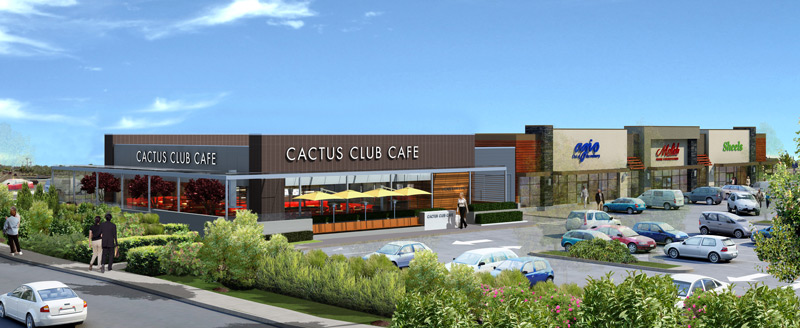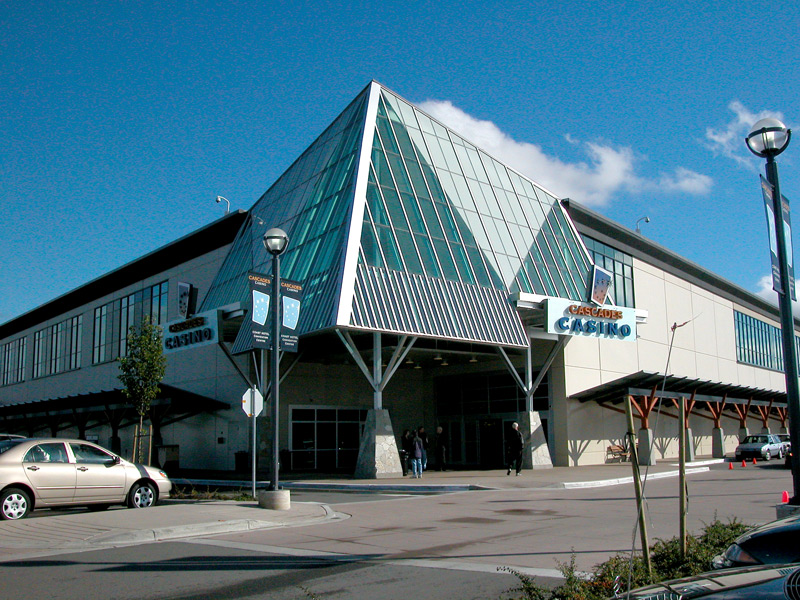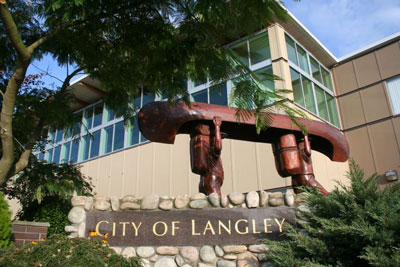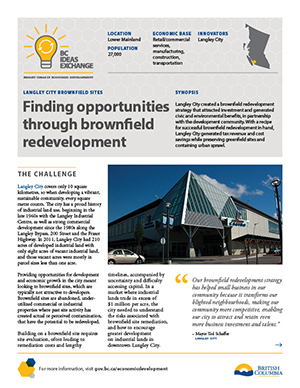Attracting Development of Brownfield Sites through a Multi-Faceted Strategy
Langley City
The Challenge
Langley City covers only 10 square kilometres, so when developing a vibrant, sustainable community, every square metre counts. The city has a proud history of industrial land use, beginning in the late 1960s with the Langley Industrial Centre, as well as strong commercial development since the 1980s along the Langley Bypass, 200 Street and the Fraser Highway. In 2011, Langley City had 210 acres of developed industrial land with only eight acres of vacant industrial land, and those vacant acres were mostly in parcel sizes less than one acre.
Providing opportunities for development and economic growth in the city meant looking to brownfield sites, which are typically not attractive to developers. Brownfield sites are abandoned, under-utilized commercial or industrial properties where past site activity has created actual or perceived contamination, that have the potential to be redeveloped.
Building on a brownfield site requires site evaluation, often leading to remediation costs and lengthy timelines, accompanied by uncertainty and difficulty accessing capital. In a market where industrial lands trade in excess of $1 million per acre, the city needed to understand the risks associated with brownfield site remediation, and how to encourage greater development on industrial lands in downtown Langley City.
The Strategy

Working in consultation with the development industry, Langley City collaborated with Colliers International to create an action-oriented Brownfield Redevelopment Strategy that clearly outlined the recipe for successful brownfield redevelopment and gave information the development industry needed.
The goal of the strategy was to improve sustainable development, reduce environmental impact, clean contaminated sites, preserve greenfields, and limit urban sprawl. Additionally, they wanted to intensify the city’s tax base, take advantage of existing municipal infrastructure, and attract more job opportunities.
The Brownfield Redevelopment Strategy explores brownfield redevelopment from the perspective of the land owner or developer. It identifies barriers to redevelopment, highlights the potential benefits and return on investment, and provides a range of tools, strategies and resources available to mitigate risks and accelerate the pace or likelihood of brownfield redevelopment in Langley City.
Through development of the strategy, opportunities were identified to drive the conversion of brownfield sites, including:
- Leadership by the city development department to prioritize brownfield redevelopment
- Creating a site inventory and conducting an initial risk assessment of contamination
- Providing property tax exemptions
- Promoting interim (temporary) uses of sites to generate economic activity while contamination is being addressed
- Training and resources for site owners or investors on brownfield redevelopment
- Federal and provincial government strategies, resources, and funding contributions
The strategy highlights the benefits of brownfield redevelopment and helps make the process easier. For instance, it shows how new technologies make cleanup easier and more economical. It also points out potential government incentives and funding to help clean up the sites.
The city also implemented a communications plan to highlight the benefits of brownfield redevelopment and attract investment. The plan includes a brochure and video, as well as promotion through local newspapers, the city’s website and e-newsletter, and through several trade and industry association presentations. The plan highlights “triple bottom-line results” for developers and the community, as well as strategies for overcoming the challenges with brownfield redevelopment.
Successes

Recent brownfield redevelopment projects in Langley City include Cascades Casino Resort ($45.2 million), Langley Power Centre ($66.7 million) Fraser Crossing ($23.9 million) and more.
Langley City has seen many benefits from this process:
- Brownfield redevelopment has efficiently used existing services, reduced urban sprawl into prime agricultural areas, and provided cost savings by using existing infrastructure
- Brownfield redevelopment generated $199 million in construction value, as well as from increased property values of brownfield sites and surrounding properties
- Redeveloped sites have made space for economic growth, retaining businesses and residents in the area, and generating 950 jobs as a direct result of brownfield development
- Through an increased tax base, the city has more resources to enhance people’s quality of life while creating a “complete, compact” community
“Our brownfield redevelopment strategy has helped small business in our community because it transforms our blighted neighbourhoods, making our community more competitive, enabling our city to attract and retain even more business investment and talent.” – Mayor Ted Schaffer
Population: 27,000
Location: Lower Mainland
Economic Base: Retail/commercial services, manufacturing, construction, transportation
Contact: Samantha Paulson, Communications Officer by email: spaulson@langleycity.ca


